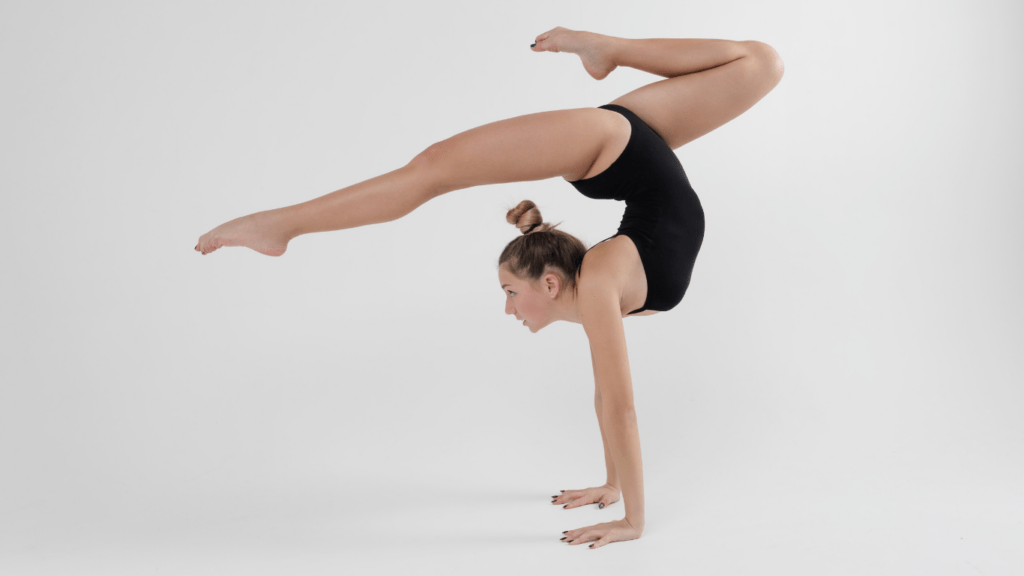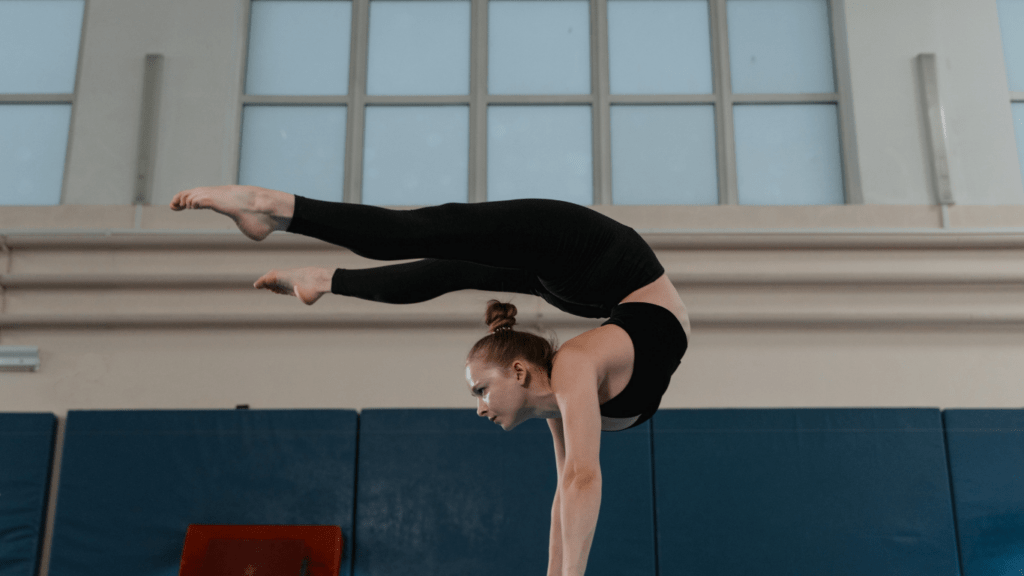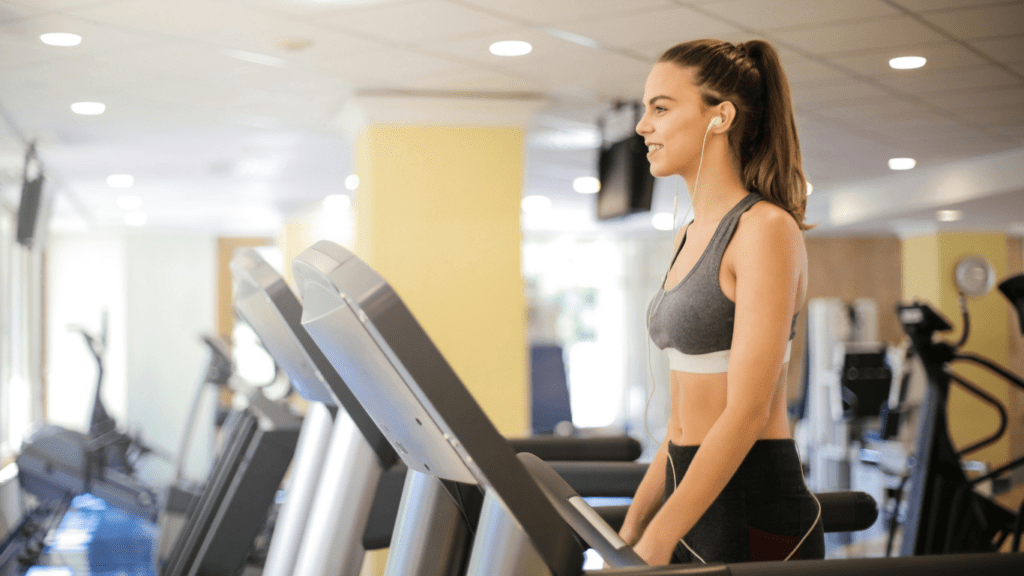When it comes to peak fitness, I’ve learned that strength and flexibility aren’t just important—they’re essential partners in my journey. Many people focus solely on building muscle or improving their range of motion, but finding the right balance between the two can unlock new levels of performance and overall health.
Incorporating both strength training and flexibility exercises into my routine has transformed the way I move and feel. From preventing injuries to enhancing athletic performance, understanding how to harmonize these elements can lead to a more well-rounded fitness experience.
Let’s dive into the benefits of balancing strength and flexibility, and how it can elevate your fitness game to new heights.
Understanding Strength and Flexibility
Strength and flexibility play crucial roles in achieving peak fitness. Recognizing their distinct definitions and importance helps clarify how these elements complement each other.
Definitions and Importance
Strength refers to the ability of muscles to exert force against resistance. It involves activities like weightlifting, bodyweight exercises, and resistance training. Flexibility, on the other hand, describes the range of motion in joints and muscles.
Activities such as stretching, yoga, and Pilates enhance flexibility. Balancing both leads to improved performance, injury prevention, and a well-rounded fitness routine.
Benefits for Overall Fitness
- Enhanced Performance: Increased strength improves power in sports and daily activities, while better flexibility allows for smoother, more efficient movements.
- Injury Prevention: Strong muscles support joints, reducing the risk of injuries. Flexibility enhances muscle elasticity, decreasing the likelihood of strains and sprains.
- Improved Posture: Strengthening core muscles and increasing flexibility in the back promotes better posture and spinal alignment.
- Greater Range of Motion: Enhanced flexibility allows for a broader range of motion, making it easier to perform various physical tasks.
- Recovery and Longevity: A balanced routine facilitates quicker recovery after workouts and contributes to long-term fitness sustainability.
The Science of Muscle Development
Muscle development hinges on understanding the interplay between strength and flexibility. Each aspect contributes distinctly to overall fitness and performance.
The Role of Strength Training
Strength training increases muscle mass and enhances the muscles’ ability to generate force. Resistance training, including weightlifting, leads to micro-tears in muscle fibers. This process, known as muscle hypertrophy, triggers muscle repair and growth.
Research shows that incorporating progressive overload—the gradual increase of resistance—optimizes strength gains. Additionally, muscles require proper rest and nutrition, particularly protein, for recovery and development. Stronger muscles not only support heavier loads but also stabilize joints, reducing the risk of injuries.
The Role of Flexibility Training
Flexibility training significantly impacts overall muscle function and range of motion. Stretching exercises, yoga, and Pilates create elasticity in muscles and connective tissues. Enhanced flexibility allows for efficient movement and reduces the risk of strains.
A study published in the Journal of Strength and Conditioning Research indicates that a consistent flexibility routine improves athletic performance. Furthermore, better flexibility promotes proper posture and alignment, facilitating more effective strength training by ensuring safe muscle engagement during lifts.
Integrating flexibility exercises into my regimen provides a balanced approach that maximizes my fitness potential.
Techniques for Balancing Strength and Flexibility
Incorporating effective techniques for strength and flexibility training enhances overall fitness. I focus on methods that maximize both elements in my routine.
Effective Strength Training Methods
- Weightlifting: I use free weights and resistance machines to build muscle strength. Compound exercises, like squats and deadlifts, work multiple muscle groups simultaneously.
- Bodyweight Exercises: I rely on push-ups, pull-ups, and planks to enhance strength without equipment. These exercises engage core muscles and improve overall body control.
- Progressive Overload: I gradually increase weights or reps to continually challenge my muscles. This method promotes growth and strength by pushing my limits.
- Circuit Training: I implement a series of strength exercises performed back-to-back with minimal rest. This approach builds strength while keeping my heart rate elevated.
- Functional Training: I participate in exercises that mimic everyday activities. Movements like kettlebell swings improve strength and functional fitness simultaneously.
Effective Flexibility Training Methods
- Static Stretching: I perform static stretches, holding each position for 15-30 seconds. This method helps improve overall muscle flexibility and alignment.
- Dynamic Stretching: I include dynamic stretches, like leg swings and arm circles, as part of my warm-up. This approach prepares my muscles for activity and enhances mobility.
- Yoga: I practice yoga regularly to enhance flexibility and balance. Poses like downward dog and pigeon stretch various muscle groups while promoting relaxation.
- Foam Rolling: I use foam rolling techniques to target tight muscle areas. This self-myofascial release method increases flexibility and aids in recovery.
- Pilates: I engage in Pilates to build core strength and improve flexibility. The focus on controlled movements enhances my overall stability and posture.
Creating a Balanced Fitness Routine
A balanced fitness routine incorporates both strength and flexibility to optimize performance and overall health. This approach ensures that I develop not only powerful muscles but also the flexibility needed to perform daily activities and athletic tasks effectively.
Components of a Comprehensive Plan
- Strength Training: I focus on exercises like weightlifting, bodyweight movements, and resistance training to build muscle mass and improve strength.
- Flexibility Training: I include stretching routines, yoga sessions, and Pilates practice to enhance my range of motion and prevent injuries.
- Cardiovascular Fitness: I integrate aerobic activities such as running, cycling, or swimming, which support cardiovascular health and endurance.
- Recovery Strategies: I prioritize rest days, proper nutrition, hydration, and tools like foam rollers to aid in muscle recovery and maintain flexibility.
- Goal Setting: I set clear, achievable goals for both strength and flexibility to track my progress and adjust my routine accordingly.
Tips for Integrating Both Elements
- Alternate Training Days: I schedule training sessions focused on strength one day and flexibility the next to allow recovery and promote balance.
- Warm-Up and Cool Down: I always include dynamic stretching as part of my warm-up to prepare muscles and static stretching in my cool-down to enhance flexibility.
- Functional Movements: I incorporate movements that require both strength and flexibility, such as squats and lunges, to improve overall fitness.
- Cross-Training: I engage in different activities like martial arts or dance classes, offering diverse stimulation for both strength and flexibility.
- Listen to My Body: I pay attention to how my body responds, adjusting my routine if I experience tightness or fatigue, ensuring a balanced approach to my fitness journey.
Tracking Progress and Making Adjustments
Monitoring progress ensures a balanced approach between strength and flexibility. Making adjustments based on this monitoring fosters optimal performance and reduces the risk of injury.
Setting Realistic Goals
Establishing achievable goals lays a solid foundation for tracking progress. I focus on specific, measurable, attainable, relevant, and time-bound (SMART) goals to create clarity in my fitness journey.
For instance, rather than aiming to “get stronger,” I target a specific weight for squats in eight weeks. I regularly reassess these goals, adjusting them based on my progress and challenges. Keeping goals realistic prevents frustration and promotes motivation, encouraging a more sustainable fitness routine.
Recognizing Signs of Imbalance
Identifying signs of imbalance between strength and flexibility is vital for maintaining peak fitness. I pay attention to specific indicators, such as persistent tightness in muscles, difficulty performing movements, or increased susceptibility to injuries.
Other signs include decreased range of motion and poor posture during workouts. By monitoring these symptoms, I can recognize when to modify my training routine. If strength exercises hinder flexibility, I increase stretching or incorporate more flexibility-focused workouts. Adjusting early helps optimize my overall fitness and prevents potential setbacks.




